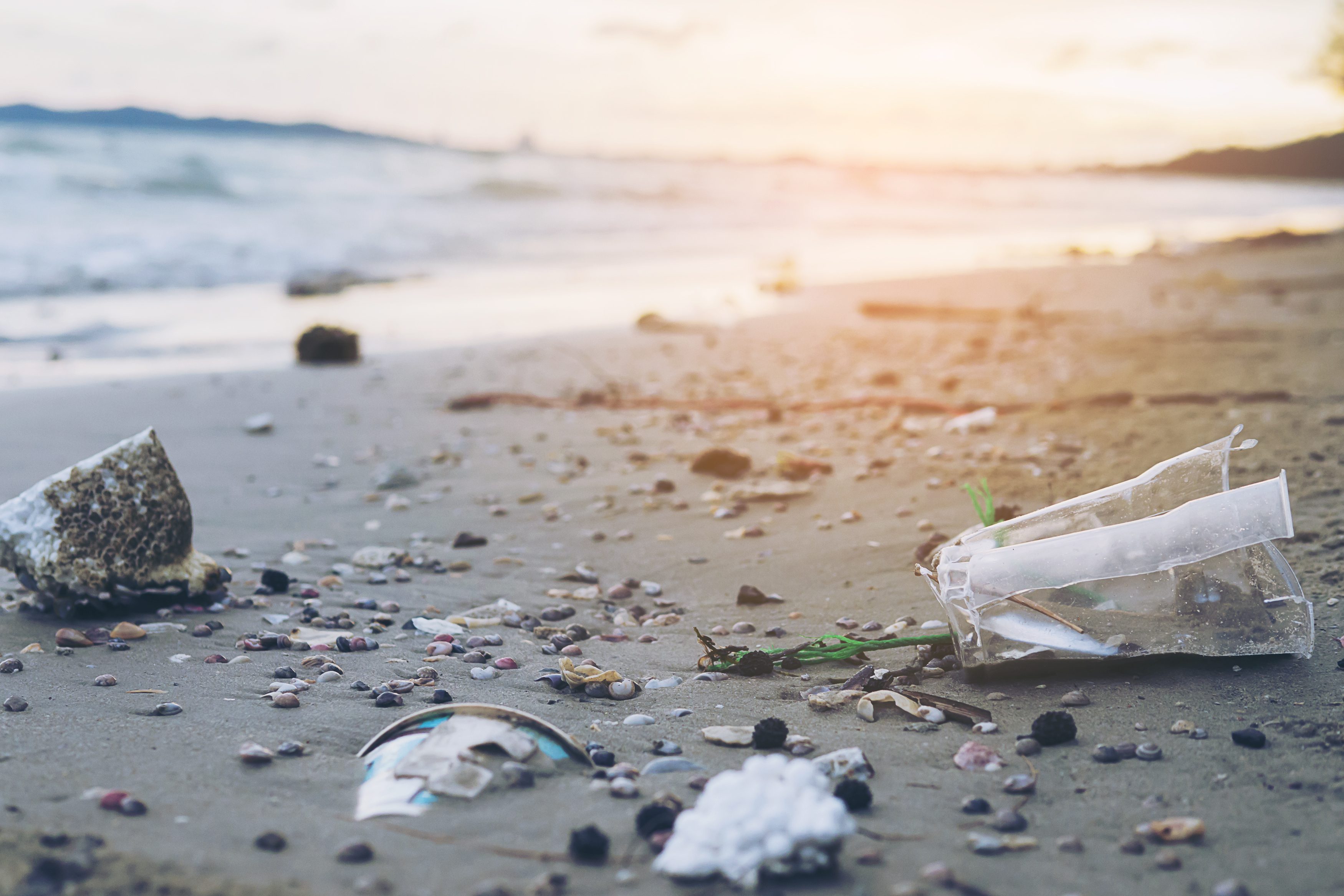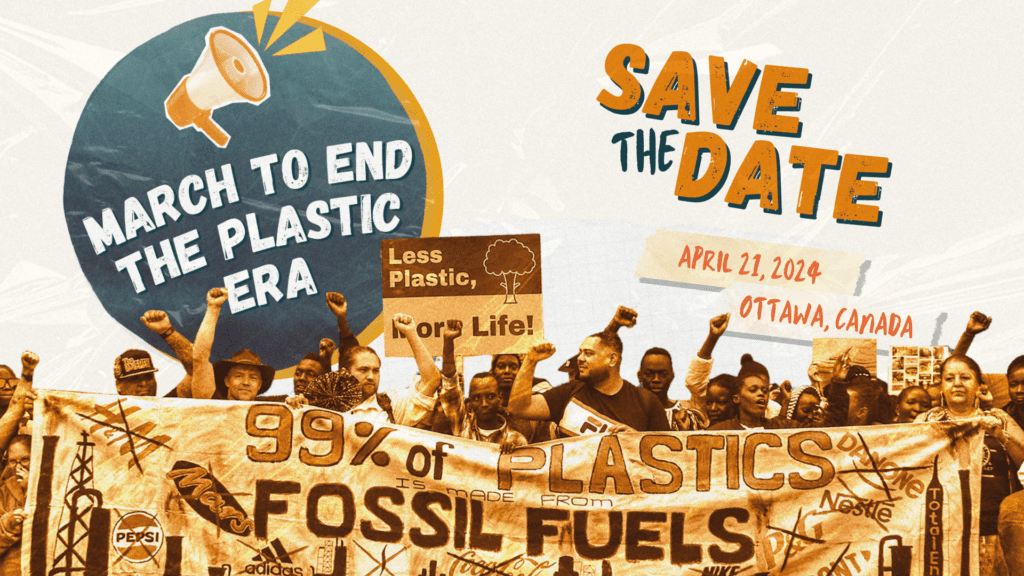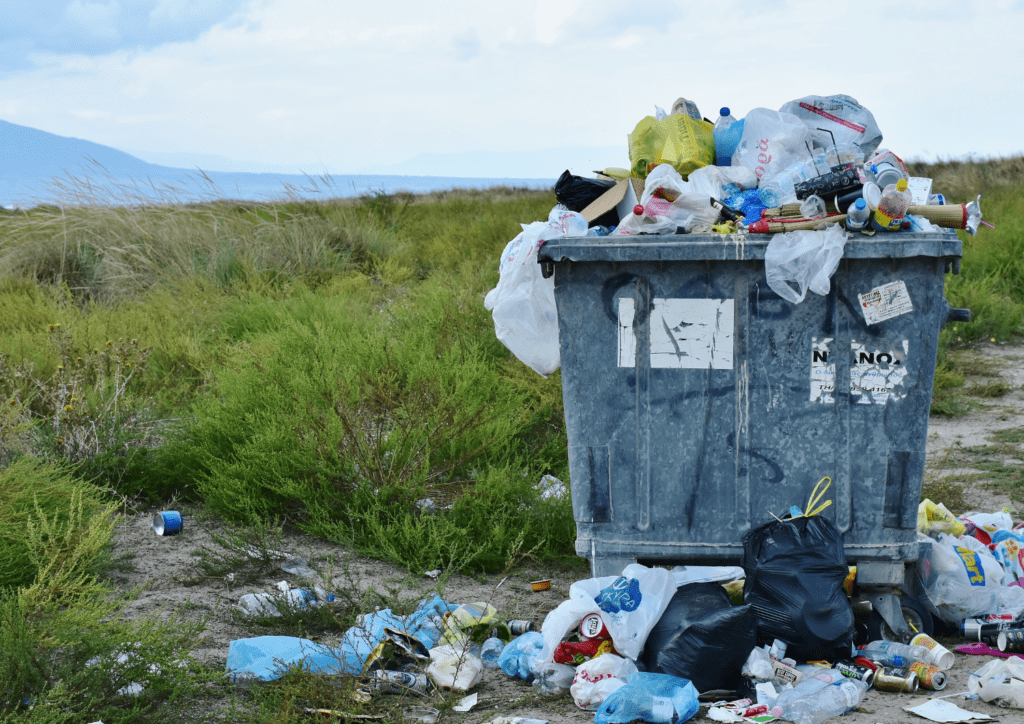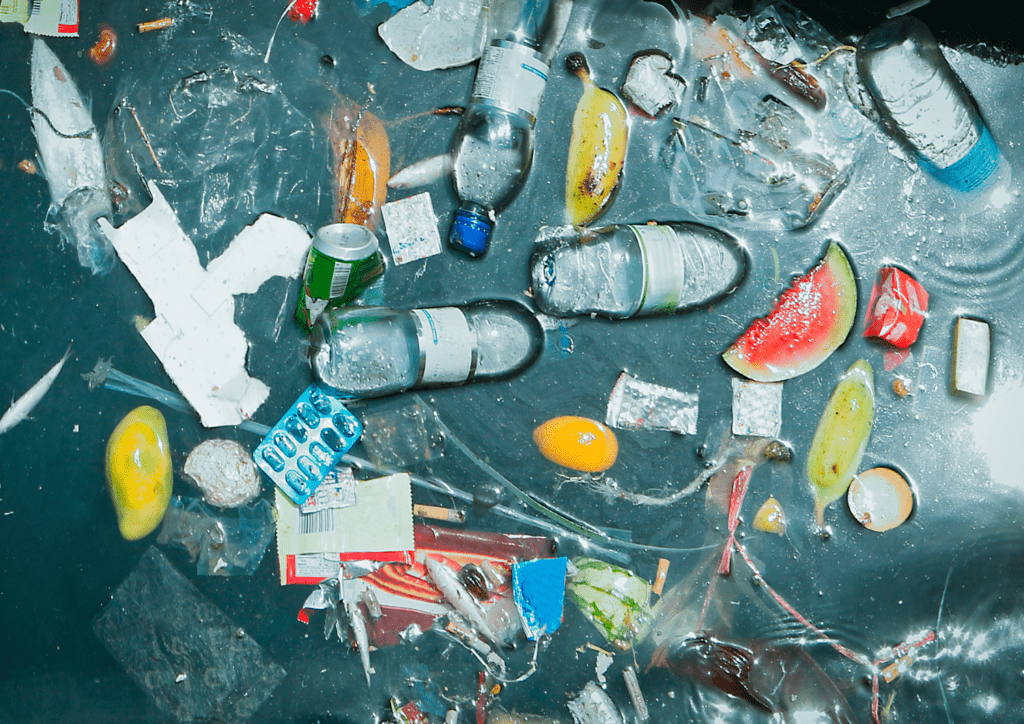As spring approaches and the mounds of snow and ice finally start to melt away, a familiar sight emerges. Garbage. Plastic bottles, cans, plastic bags, plastic clamshells, coffee cups and so on all start to resurface. No blossoming flowers, just evidence of the growing plastic pollution problem. Throw away plastics that can take centuries to decompose.
But maybe things have the chance to change.


Keeping Ontario Beautiful – have your say
The Ontario Government recently published a discussion paper on how to reduce the massive amount of waste our province generates. Ontario creates a truly shocking average of 6 pounds per person each day. That’s among the highest in the world, even more than our U.S. neighbours.
Now the Government is asking for opinions on how best to reduce food waste, plastic waste and litter. Follow this link by April 20th to have your say in how Ontario can clean up its act!
An ounce of prevention is worth a pound of cure
Conscious of the fact that an estimated 10,000 tonnes of plastic end up in the Great Lakes every year, one of the priorities of the consultation is to find effective ways to reduce plastic pollution. A couple of the ideas they floated included a province-wide cleanup day, and increasing education around littering.
These are good ideas in themselves, but they’re not even close to being enough. Unless we want to be cleaning up our environment forever, we need to stop the waste ending up there in the first place.
That means first banning those unnecessary single-use plastics that never get recycled, then improving our abysmal recycling rate for everything else.
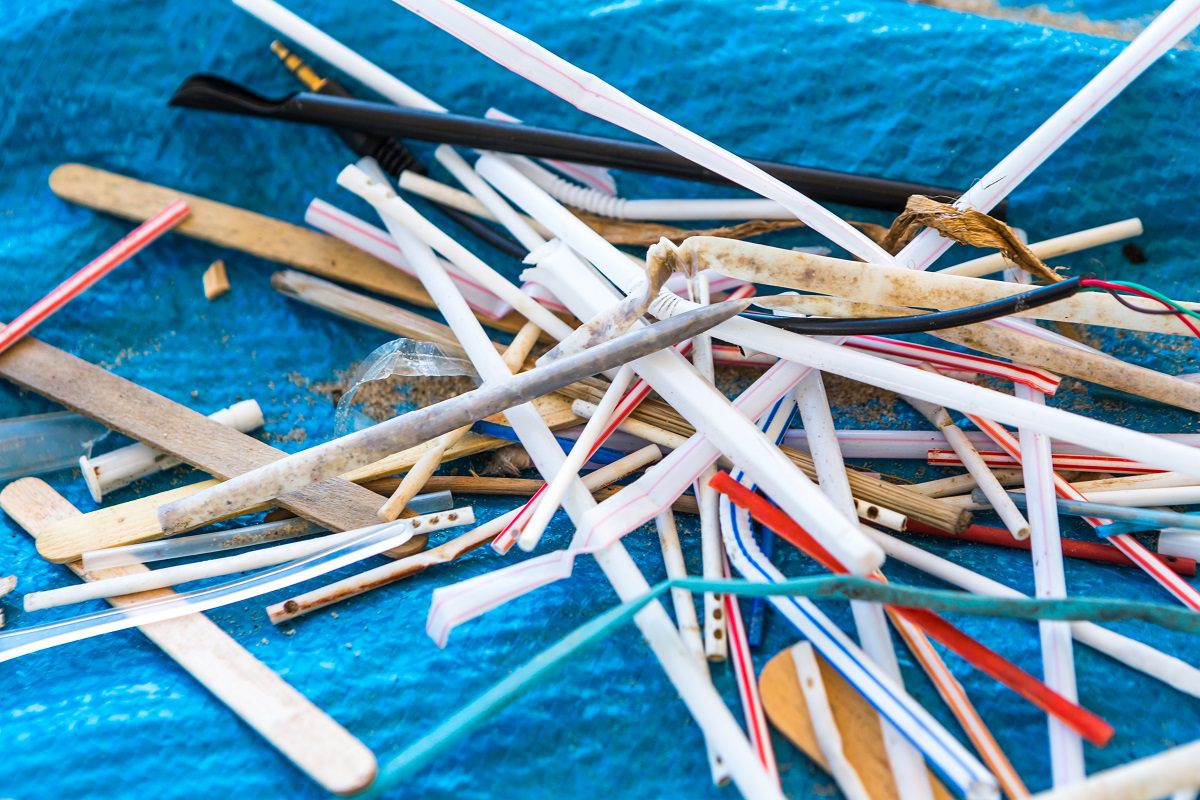

The best way to improve recycling rates is to make sure that plastic producers/polluters are actually responsible for the waste they generate. This could be through deposit return programs like we have for beer and wine bottles. Or it could be making them fully responsible for collecting and recycling the packaging that they sell. That way they have an incentive to design products that are easier to separate, recover and recycle.
The good news is that Ontario Government agrees also with this point. The paper says “Producer responsibility makes sense. The businesses that develop products and packaging are best positioned to make decisions that reduce waste or increase the resources that can be recovered from their products at end of life.” We agree – let’s make it happen.
So what happens now?
So if we’re all on the same page, everything will work out ok, right? Well it depends. So far this government hasn’t been particularly strong on the environmental side (to put it nicely), but maybe this discussion paper gives us a reason to be cautiously optimistic.


We know that Ontarians care about ending plastic pollution in this province – make sure the government knows that too. Take action today to share your views.
Here is what we think their waste reduction and plastic pollution reduction strategy needs:
- Ban the worst single use plastics. Bans of plastics that are difficult to recycle or for which cleaner alternatives exist are a effective way to actually reduce plastic pollution.
- Put a price on plastic bottles. Ontario is the only province without a deposit return program for plastic bottles, and it shows. This province has the lowest recycling rate in Canada, and throws out around 1.5 billion bottles into landfill or the environment every year.
- Make producers responsible for collecting the waste they generate. To ensure no plastic makes it into the environment, retailers must be made responsible for managing their own garbage.
- Reject any form of incineration (a.k.a. energy from waste). Burning waste is the least efficient and most polluting way of creating energy. Worse, it actually encourages producers to just keep making more plastics from new oil in order to keep feeding the incinerators.
Reducing plastic waste should be the top priority of Ontario’s waste sector reform. Only by rethinking our relationship with plastics will we be able to welcome spring without uncovering piles of plastic waste buried under the snow.
You can submit your comments to the Discussion paper on reducing litter and waste in our communities by signing our petition and adding a comment.


